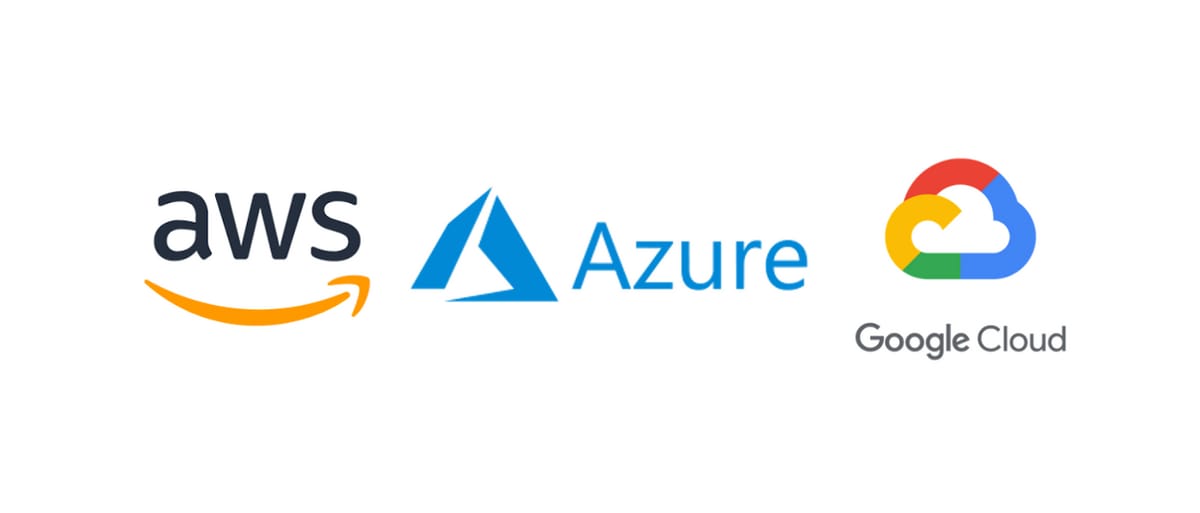- CloudMent
- Posts
- Behind the scene of cloud computing for manufacturing companies | Part1: Introduction
Behind the scene of cloud computing for manufacturing companies | Part1: Introduction
Manufacturing companies have transitioned to using automated and monitor-based processes to keep up with international competition and maximise productivity. Data-based models are being increasingly produced, and this data is acquired from machine controls and external sensors. Metainformation such as workpieces, materials, and tools make data processing possible. Currently, unstructured data is stored in the form of files on internal computers. Therefore, company-independent data acquisition, model development, and application are currently hardly possible.
In order to compete internationally, manufacturing companies strive to produce high-quality products at a low cost. However, wear leads to a reduction in quality and a maximization of production costs and challenges companies’ profitability measures. Availability, productivity, and quality are the three most important factors in measuring manufacturing productivity. Process monitoring enables the detection of defects in production, but is insufficient to promote high product quality and availability. Therefore, process monitoring data and the development of failure predictions enable a timely response.
A highly scalable environment with unlimited capacity is required due to the massive amount of data generated by production equipment; moreover, high computing power and self-managed services are also required to train an accurate ML model based on production data. On the other hand, setting up and maintaining a scalable and robust environment is costly and time-consuming because the technical team lacks expertise. However, cloud providers offer solutions for machine experts to develop and integrate with production equipment. Since cloud providers lack expertise and experience in machine engineering, direct integration of solutions is not possible without machine experts.
Cloud providers such as Google, Amazon, and Azure offer a comprehensive range of managed and scalable services, from computing, storage, and ingestion to automated and unlimited on-demand provisioning services. IoT platforms offered by cloud providers enable straightforward integrity and live data flow between devices in production and cloud services. Once the data is streamed into the platform, computing services can be used to process and train an ML model for wear prediction. Maintenance can be reduced by having an automatically scalable and self-managed platform, and costs can be reduced by using services with a pay-as-you-go model. In the chapter on evaluation, cloud services are compared based on their technical and economic factors, considering enterprise and development scenarios.
Please subscribe to get further articles.

